The Tower of London is a world famous monument and one of England’s most iconic structures that has served as a royal palace, an armoury, a prison, an execution chamber, a barracks, a jewel house and even a zoo.
Officially called “Her Majesty’s Royal Palace and Fortress of the Tower of London” is a historic castle located on the north bank of the Thames in central London, the Tower of London is one of the city’s premier attractions for a good reason.
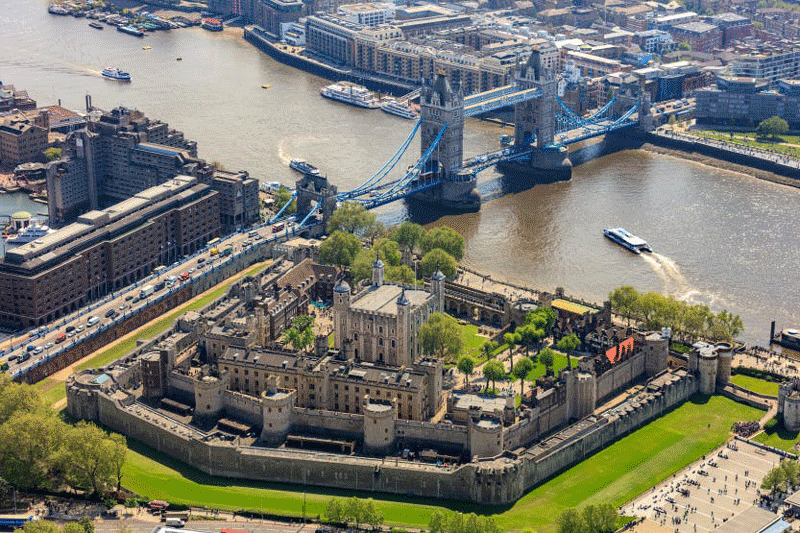
This working royal castle offers a stunning insight into 1,000 years of history. It was used variously throughout its history The Tower of London was founded towards the end of 1066 as part of the Norman Conquest of England.
The Tower of London is one of the city’s most famous historical landmarks, and has a fascinating history. Here are some fun facts about the Tower of London, so you can look smart when visiting.
It was built as a royal palace and a defence system
The Tower was founded by William the Conqueror towards the end of the 1066. The primary function of military stronghold of the Tower didn’t change until the late 19th century.
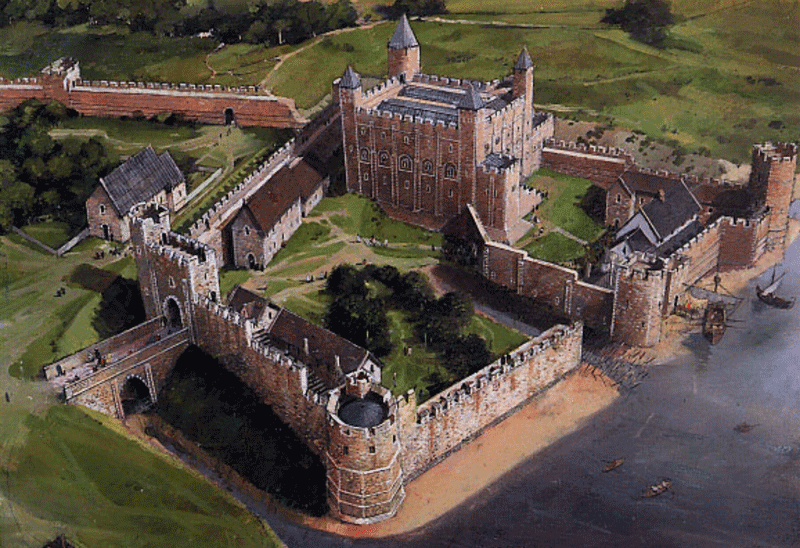
Old Tower of London
There were several phases of expansion, in the 1200s, the tower was expanded by King Richard the Lionheart, King Henry III and Edward I – adding a moat and more defensive structures to prepare for the possibility of battle.
As a whole, the Tower is a complex of several buildings set within two concentric rings of defensive walls and a moat.
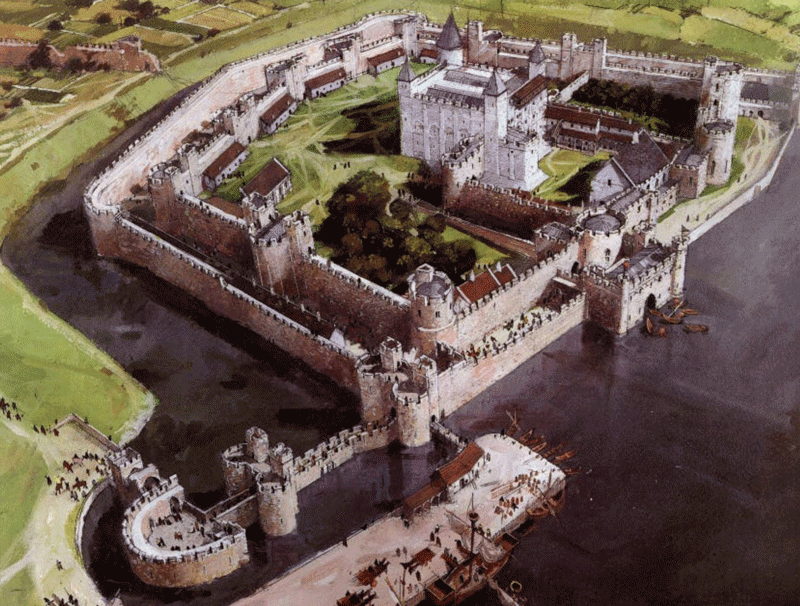
Tower of London with the moat.
The castle is made up of three “wards”, or enclosures: the innermost ward , the inner ward and the outer ward. The innermost ward contains the White Tower and is the earliest phase of the castle.
The White Tower
The White Tower, which gives the entire castle its name, was built by William the Conqueror, Duke the Normandy in 1078, and was a resented symbol of oppression, inflicted upon London by the new ruling elite.
One of the most famous keeps in the world, it was even referred to by Shakespeare in many of his plays. It contains the impressive Royal Armouries collections and even an 11th century Romanesque chapel.

The Tower of London was named after the White Tower.
The White Tower is a keep, which was often the strongest structure in a medieval castle, and contained lodgings suitable for the lord – in this case the king or his representative. As one of the largest keeps in the Christian world, the White Tower has been described as the most complete eleventh-century palace in Europe.
Her Majesty’s Royal Palace and Fortress
The Tower of London is still officially a royal residence of Her Majesty The Queen. She has a house onsite called ‘The Queen’s House’ (The King’s House when the Monarch’s male), which she could still inhabit if she wished.
Ravens of the Tower
At least 6 ravens are kept at the Tower of London at all time, for superstitious reasons. If the six resident ravens ever leave the court, legend has it that the court and the tower will fall. The flock of resident ravens even includes a ‘spare’ and they are looked after by the Raven Master.
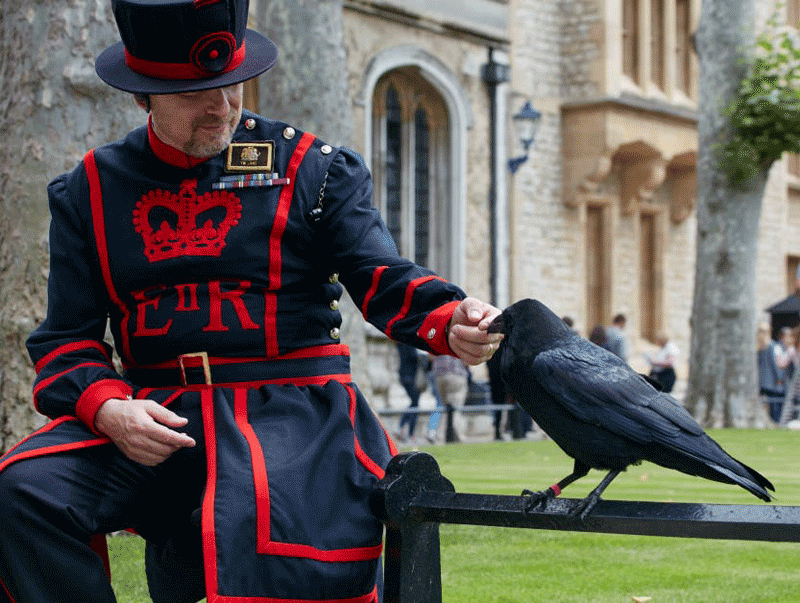
Ravens of the Tower of London.
Each raven has a wing clipped to make sure they don’t fly too far from home. The ravens who inhabit the Tower are named and are replaced if they are badly behaved! A word of warning: don’t approach the ravens as they’re known to eat 170g of raw meat a day, as well as blood-soaked bird biscuits!
The Crown Jewels
See some of the most important symbols of British culture and monarchy. The Tower of London houses the crown jewels and has done for many centuries now. The 23,578 gems that make up the Crown Jewels are estimated to be in excess of £20 billion, with the Star of Africa alone estimated over £315 million. This is an estimate based on the jewel’s worth as jewels and including their relation to the Monarchy. Their actual value is priceless.
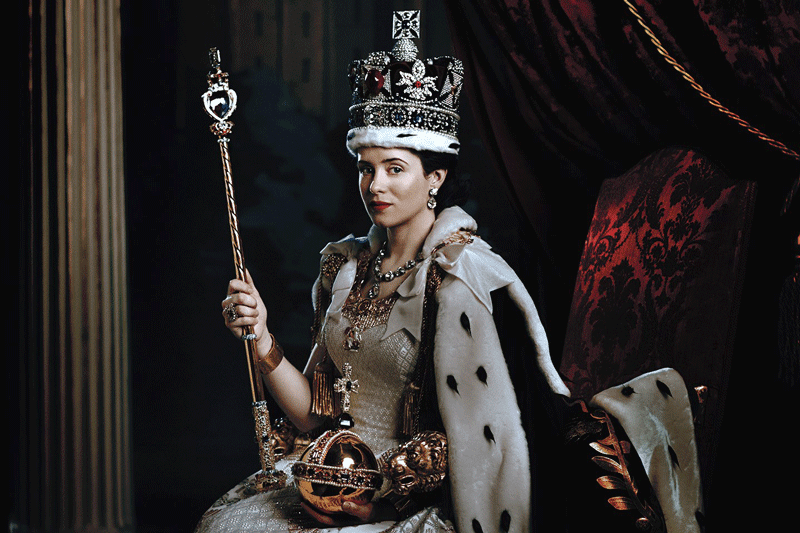
See the Crown Jewels in the Tower of London.
You will also see the crown Elizabeth II wore to her coronation! Marvel at the stories of how the collection was nearly destroyed through history.
The Crown Jewels were moved to the Martin Tower after the Jewel House was demolished.
The Royal Mint
The Tower also used to house the Royal Mint from 1279 to 1812. Explore the Coins & Kings exhibition which depicts the story of the Mint at the Tower between 1279 and 1812. Learn about what life was like on Mint Street through outdoor installations and interactive displays, even fun facts about Isaac Newton and his thief catching skills.

The Royal Mint used to be in the Tower.
Beefeaters
Yeomen Warders, also called Beefeaters guard the Tower of London. The name is coming from centuries ago, as part of the Royal Bodyguard they were allowed to eat as much beef as they wanted from the king’s table. Nowadays, the Yeomen Warders qualify for the privilege after serving in the armed forces for 22 years. The Beefeaters live on site at the Tower. Their uniforms estimated to cost over $9,000 each, as each Yeomen uniform includes gold thread.
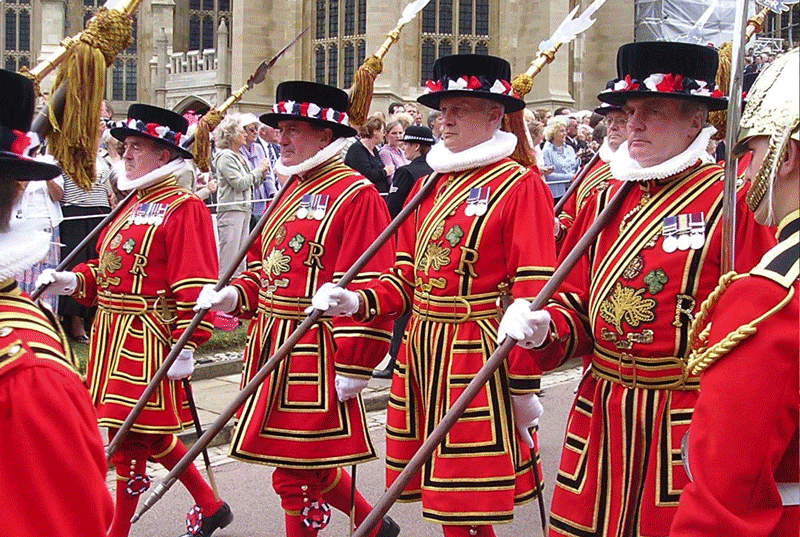
Yeomen Guards, also known as Beefeaters.
Every evening, at precisely 9:53 pm, a ceremony takes place to lock the Tower of London – the ceremony of the keys. An armed escort of the Queen’s Guards set off with the Chief Yeoman Warder to lock all the gates.
Tours are included in the price of an entry ticket, and depart every 30 minutes (last tour 15.30 in summer, 14.30 in winter). Tours last approximately 60 minutes and start near the main entrance.
During the 1200s a royal zoo was founded at the Tower of London and remained there for 600 years
For 600 years the Tower was kept as a menagerie of wild and exotic animals; given as royal gifts for the entertainment and curiosity of the court. It was founded by King John in the early 1200s and was filled with animals that the King and Queen were donated by their visitors and admirers such as polar bears which would hunt for fish in the Thames on a lead, lions, kangaroos, ostriches and elephants all living in the confines of the Tower.
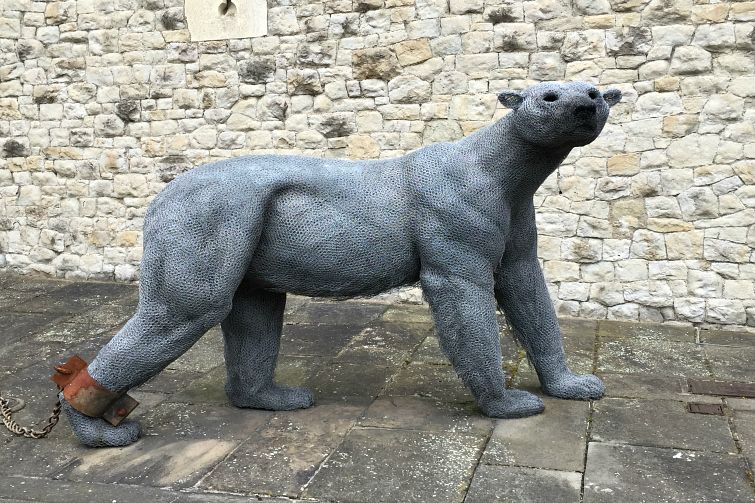
Menagerie in the Tower of London
When the tower zoo closed down by the Duke of Wellington in 1835, the animals were moved to the new London Zoo in Regent’s Park. Today you will be able to see sculptures of these animals that once lived in the tower.
World’s longest running tourist attractions
One of the world’s longest running tourist attractions, the Line of Kings exhibition at the White Tower is a magnificent collection of arms and armour. It was established in 1652 – this collection of weaponry includes hunting and sporting weapons from medieval times to the end of the 19th century.
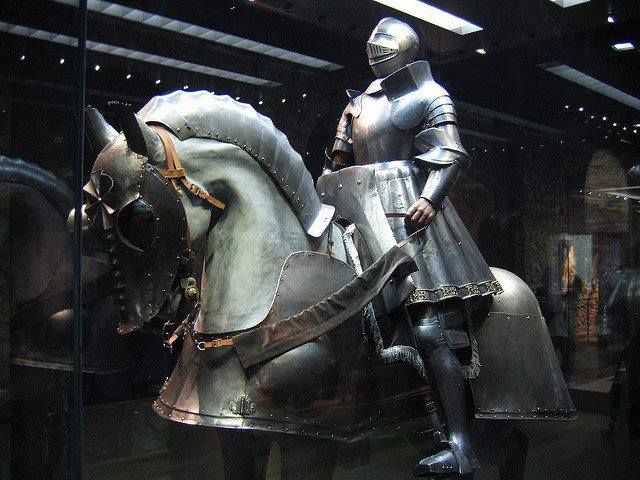
22 executions took place within the Tower of London
The Tower has also famously been the site of many high profile executions, the chopping block for which still stands on the grounds to this day. The castle was used as a prison from 1100 until 1952, although that was not its primary purpose.
22 executions have ever taken place inside the Tower of London. Most happened on the nearby Tower Hill.
Perhaps most famously, King Henry VIII had his wife Anne Boleyn executed on its grounds three years into their marriage on the grounds of adultery and treason. She was then buried at the Tower’s Chapel Royal alongside her fellow queens Catherine Howard and Jane Grey. A legend says that Anne Boleyn, beheaded in 1536 for treason against Henry VIII, walks in the tower with her head under her arm.
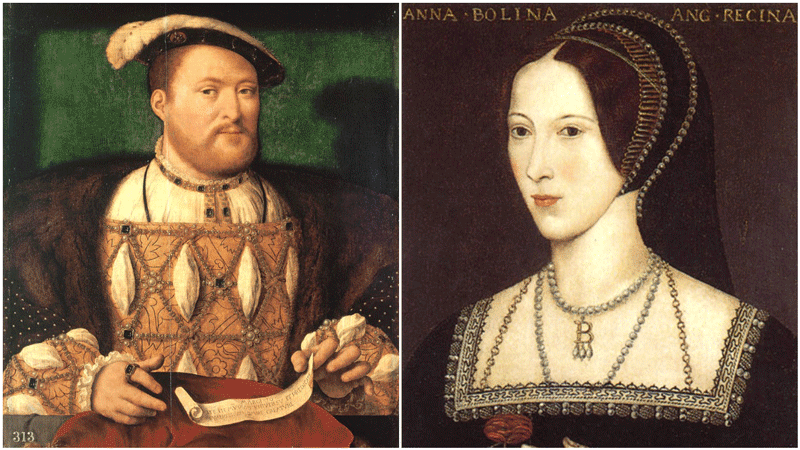
Henry VIII and Anne Boleyn
The last person to be executed at the Tower of London was a German spy Josef Jakobs on August 15th 1941 after being caught parachuting into England. He was seated in a chair when he was shot. The chair is still preserved today at the Royal Armouries’ artifacts store.
The last man to be beheaded there was the Jacobite octogenarian Lord Lovat on April 9 1747. and the last execution took place on August 14 1941, when Josef Jakobs, a German spy, was shot by a firing squad.
It’s a haunted house…
Several ghosts are said to be still continue to haunt the execution grounds and unwitting tourists at the Tower of London including Henry VI, Anne Boleyn, Catherine (the fifth wife of King Henry VIII), Dame Sybil who was the nurse of Prince Edward and even a grizzly bear that once lived in the tower.
Someone somewhere has a spare key!
In November 2012, the key to the internal lock to the Tower was stolen. The lock was immediately replaced.
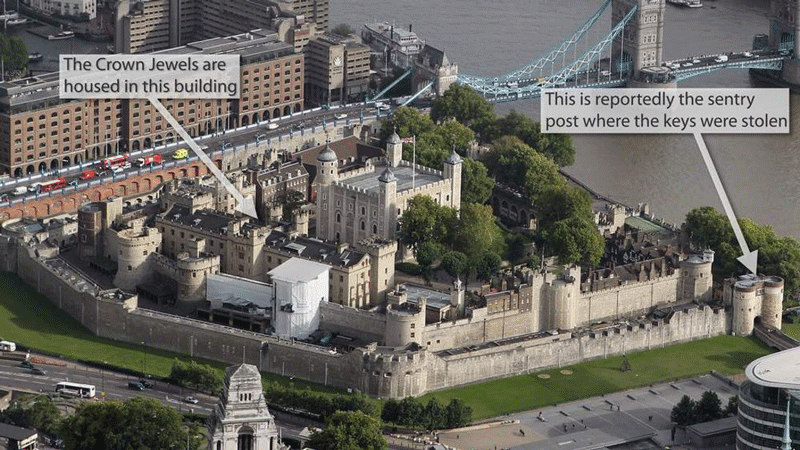
Tower of London stolen keys.
The building and grounds were damaged in World War II
During the First World War, there was very little harm done to the Tower. Unfortunately, the Second World War damaged the castle but missed the white tower. At the end of the war, the damage was repaired and reopened to the public.
The Tower is designated as a World Heritage site by UNESCO.
There are around a 1000 World Heritage Sites worldwide. The Tower of London is included as it is one of the very few intact medieval buildings. In 1988, the Tower of London was added to the UNESCO list of World Heritage Sites, in recognition of its global importance and to help conserve and protect the site.
Today’s Threat
The main threat to the site today is the exhaust of cars. It’s a problem that threatens to turn the White Tower into a yellow color.
Just over 3 million people visited the Tower of London last year.
Visiting the Tower of London
You can get access to Tower of London with the official London Pass and enjoy a guided tour! If you’re visiting London & want to see more attractions the London Pass is the best way to save money on your entrance fees. The Tower of London is included in the London Pass amongst over 80 other attractions for one low price.
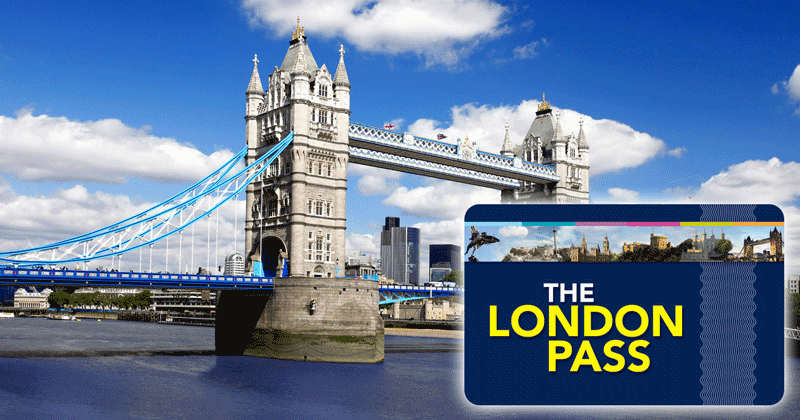
The London Pass saves money on entry costs to 80+ attractions.
Benefits of the London Pass:
- Saving money & access to over 80 attractions
- Fast Track Entry to major attractions
- London is a city of queues, you don’t want to waste your time standing in lines during your holiday when you can get fast track entry to some of the busiest attractions.
- Cash-free travel
- To make it even more convenient you don’t need to carry around a lot of money for ticket costs.
- Mobile ticketing
- You don’t even need to collect a physical card, unless you want to.
- The London Pass also has it’s own an app providing further useful information.
- You can get travelcard included
- One more thing to not to worry about, the travelcard gets you the most savings on jour journeys in London
- Further discounts to theatre shows, restaurants and shopping
Tower of London Opening Hours
Summer (01 March – 31 October)
Tuesday-Saturday: 09:00-17:30
Sunday-Monday: 10:00-17:30
Last admission: 17:00
Winter (01 November – 28 February)
Tuesday-Saturday: 09:00-16:30
Sunday-Monday: 10:00-16:30
Last admission: 16:00
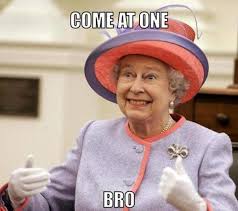
The Tower for families
If you’ve got small kids, don’t worry! There’s no need to keep them entertained the hard way, the Tower of London provides family fun trails and interactive touchscreens at the exhibitions to keep even the little ones happy!
I hope you found the article useful, let me know about it!
